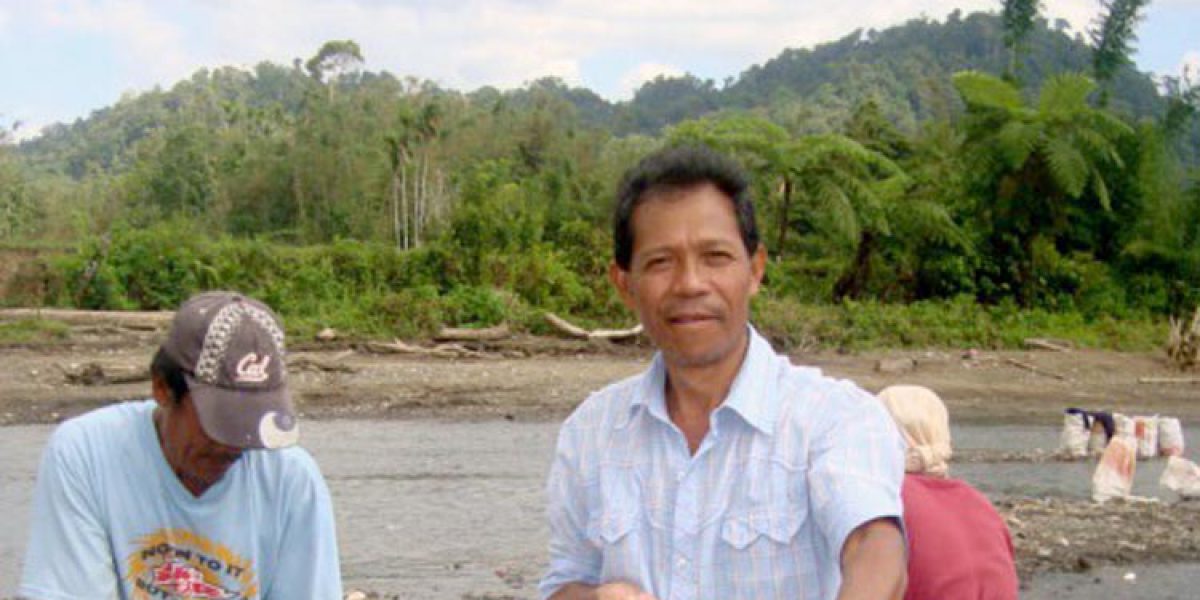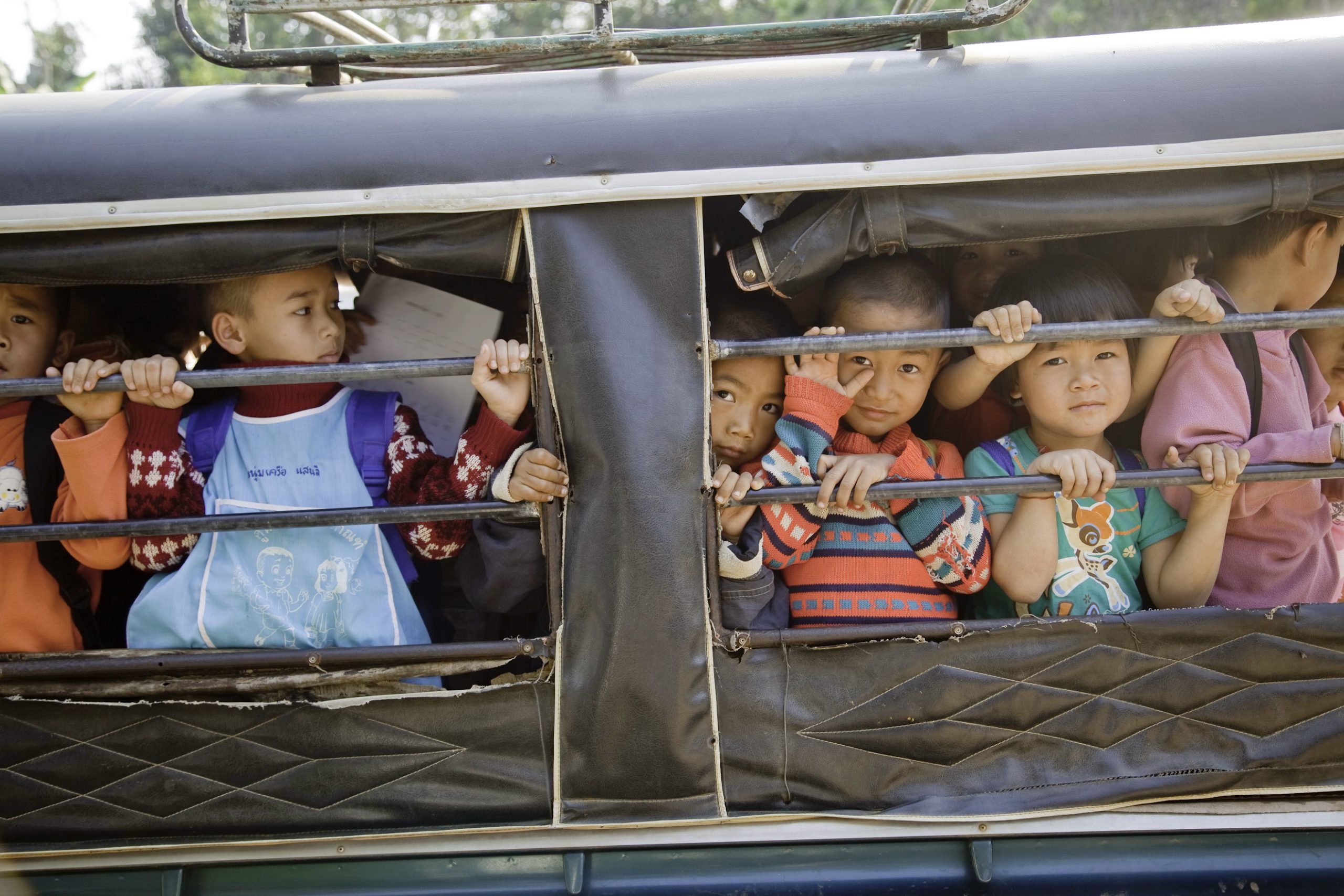Philippines: super typhoon survivors turning debris to income
05 February 2012|Louie Bacomo

“The stones sell according to their sizes,” said Ponod village chief Mangayao Langgoyo, holding up a home-made filter used to separate rocks from pebbles. A sack of finer gravel sells for about PHP 18 ( $.40 US) if you hoist it near the river bank. Buyers come and sell them to construction business in Marawi City, Lanao del Sur, about 20 kilometers away.
Just a few weeks ago, the same Kamanga river (Ramain river among the Moro locals) rushed down so hard and swept away the soil where the community mosque, solar drier, and 50 houses stood and changed the landscape. While the alert warning of the village chief saved their lives, they have lost all that they have including crops and livestock.
Kamanga river is a tributary to the Mandulog river that wreaked havoc in Iligan City where more than 7,000 families have been displaced and hundreds killed.
Donate to the JRS project in the Philippines here.
“The villages of Pantar and Ponod received one-time relief assistance such as rice and tarpaulin a month after the disaster struck,” Mike Macarambon, JRS field officer in Lanao del Sur, said. About 90% of the 26 upstream villages in Bubong municipality were submerged days after the disaster making access difficult. Information about damage came late while relief assistance focused in downstream areas and cities where thousands have lost their lives.
“We are thankful for the groups that came to help including you,” a widow who lost her small sari-sari store to the floods expressed. “I hope you can help me have my store back.”
Safely starting over
JRS is offering assistance for permanent shelter in the two villages under the following criteria: totally damaged houses, safe relocation site, high economic and social vulnerability and strong interest in resettlement and rebuilding their house. The community in turn is offering their counterpart in building the permanent shelter through their labor, some locally-sourced materials and transportation.
Since the villages are composed of closely-knit Moro clans, the two village chiefs have taken the responsibility to organize them for the rehabilitation task ahead. JRS staff will continue to accompany the community as they rebuild and gather pieces of their lives and community in the next few months.
Meanwhile, families continue to collect stones and carefully sort the rocks from pebbles. “Poor people like us live very hard. We have no choice but to struggle and fight back the ravages of this typhoon,” a father said as he lifted a sack full of large stones.
The ravaging waters have brought rocks that destroyed their community. Fighting back, the people of Ponod and Pantar is slowly using the wreckage to rebuild, and as it were, using them as stepping stones towards a better future.
Louie Bacomo, assistant regional director, JRS Asia Pacific


